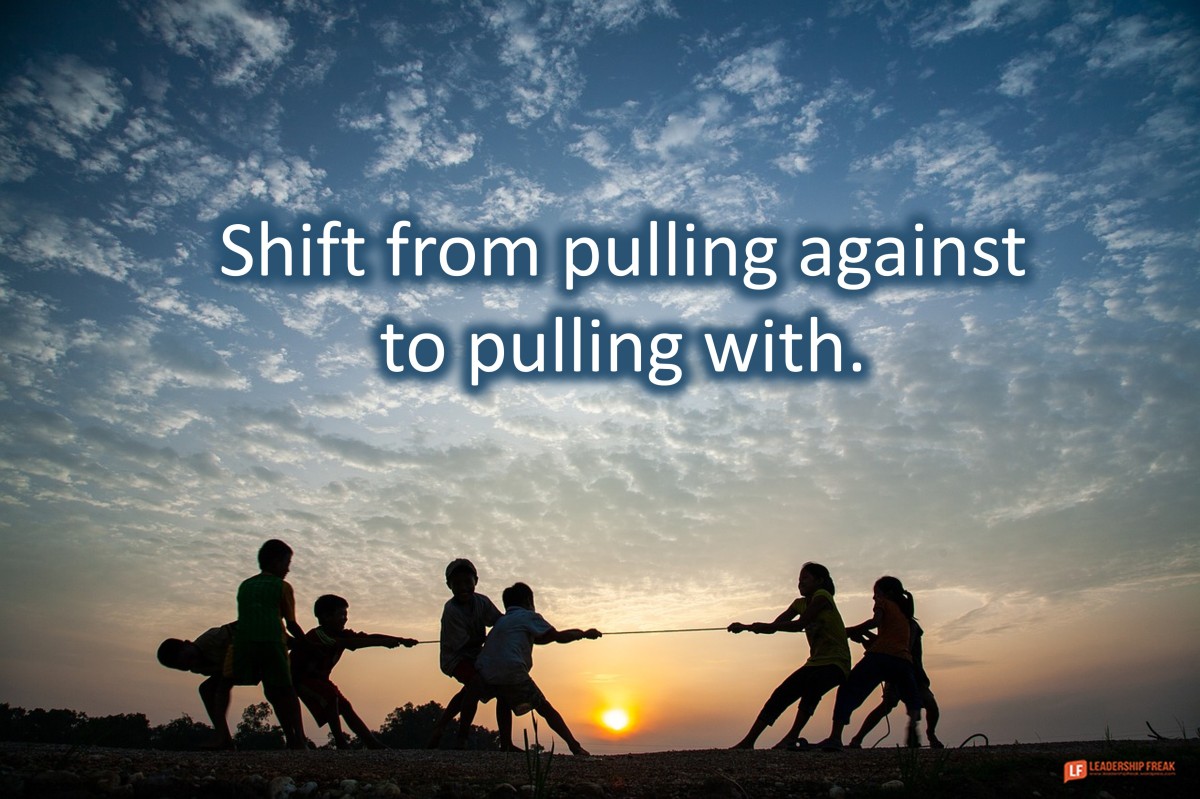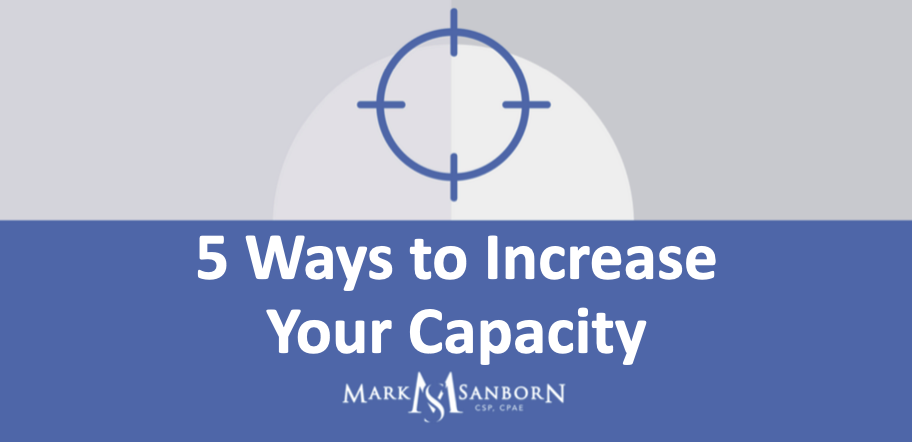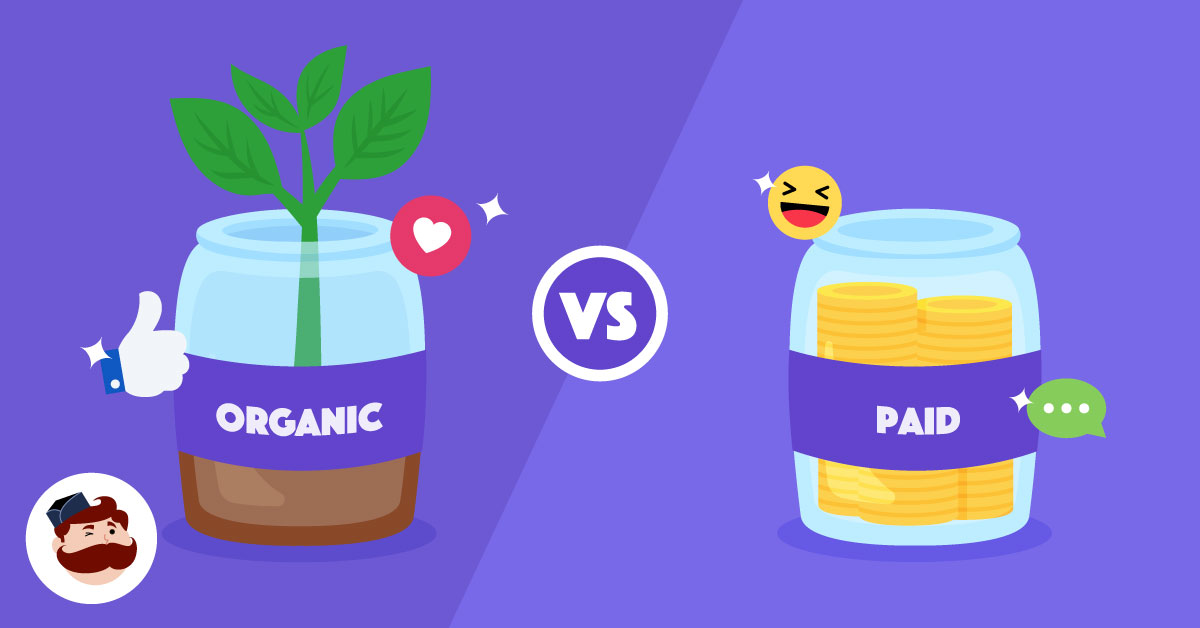Giving makes us feel connected to others and reinforces a positive self-image.
The joy of giving does not fade like the joy of getting, new research reveals.
Usually when people repeat pleasant experiences, happiness fades after each one.
However, when people keep on giving to others, the happy feeling remains powerful.
In fact, people in the study were just as happy giving money away after the fifth time as they were the very first time.
It may be because giving makes us feel connected to others and reinforces a positive self-image.
Dr Ed O’Brien, the study’s first author, said:
“If you want to sustain happiness over time, past research tells us that we need to take a break from what we’re currently consuming and experience something new.
Our research reveals that the kind of thing may matter more than assumed: Repeated giving, even in identical ways to identical others, may continue to feel relatively fresh and relatively pleasurable the more that we do it.”
For the study, people were asked to either spend $5 per day on themselves or to give it away to others.
Those that spent the money on themselves saw a pattern familiar to psychologists.
The first day they got a kick out of it, but that quickly faded as the days past (this is called ‘hedonic adaptation’).
But, for those that gave their money away, the joy was just as strong on the fifth day as it was on the first.
Dr O’Brien said they tested all sorts of alternative explanations for their results.
For example, perhaps people thought longer and harder when giving the money away.
This did not explain the effect, though:
“We considered many such possibilities, and measured over a dozen of them.
None of them could explain our results; there were very few incidental differences between ‘get’ and ‘give’ conditions, and the key difference in happiness remained unchanged when controlling for these other variables in the analyses.”
The study is to be published in the journal Psychological Science (O’Brien & Kassirer, 2018).


 ‘ + data.settings.title + ” : ” }}} ]]>
‘ + data.settings.title + ” : ” }}} ]]>













